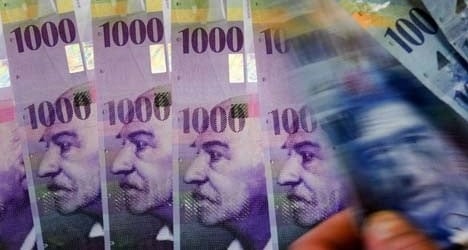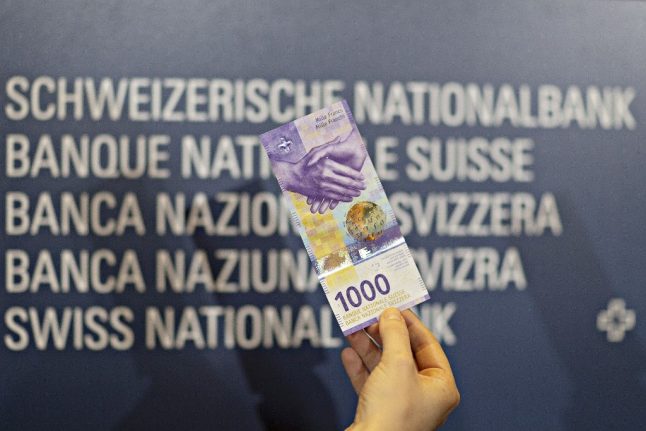The downward move of the franc came following the conclusion of the latest accord between Greece and its creditors, further distancing the prospect of a “Grexit” from the eurozone.
The risk of Greece being forced to abandon the euro over its financial difficulties earlier strengthened the Swiss currency, seen as a safe haven for investors in times of uncertainty.
The franc briefly rose above parity with the euro in late January after the Swiss National bank announced it was abandoning a policy it followed for more than three years of supporting a 1.20-franc floor for the euro.
The central bank has argued that the franc remains significantly over-valued, something that poses a risk to the Swiss economy because of its impact on Swiss exports.
It has imposed negative interest rates on large sight deposits of Swiss francs and intervened in currency markets to prevent the euro from edging toward parity a second time.
Still, in the face of the Greek crisis the franc remained above 0.95 euros from the end of March until late July.
But the easing of that crisis combined with the unexpected decline in the Swiss consumer price index for July, released last week (down 1.3 percent from a year earlier), was credited by traders with pushing down the franc.
The Swiss currency also fell against the US dollar, which rose above 0.98 francs late on Monday.
In addition to its impact on exporters, the high franc has hit the Swiss tourism sector particularly hard as many vacationers have decided to give Switzerland a miss because of its high hotel and restaurant prices.
The number of hotel nights in the first six months of the year dropped by 0.6 percent from the same period a year earlier to 17 million, according to statistics released last week.
But the decline of hotel nights by foreigners dropped by almost two percent to 7.7 million.



 Please whitelist us to continue reading.
Please whitelist us to continue reading.
Member comments